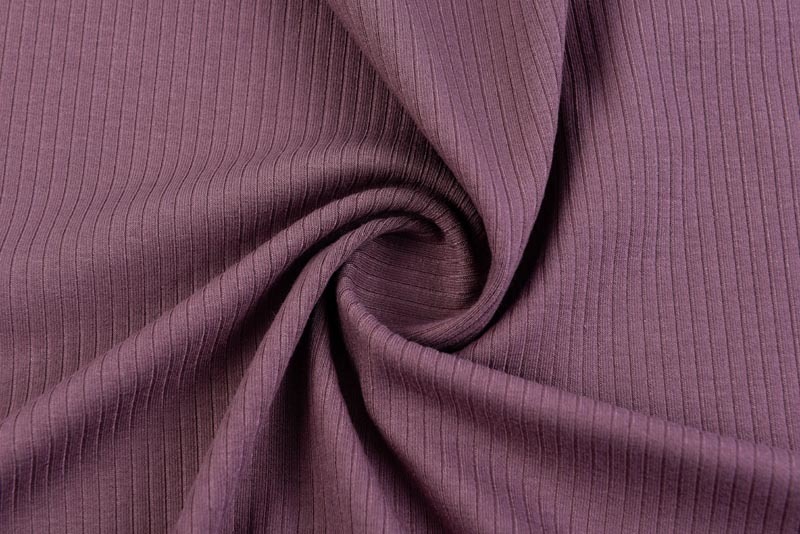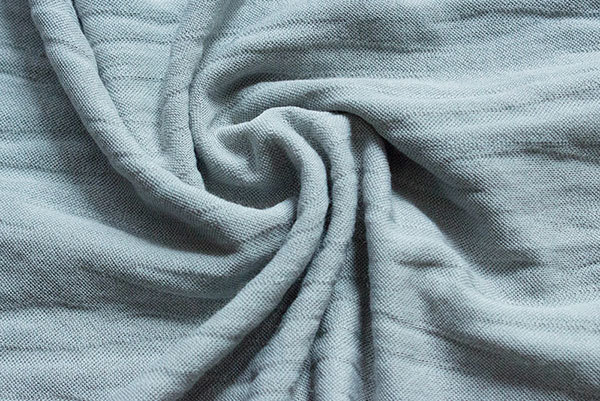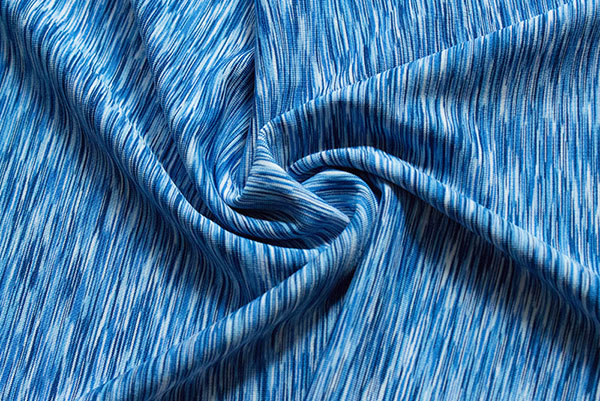Flash dyeing technology reduces the amount of water used for fabric dyeing from 50 tons to 2 tons, eliminating the four processes of washing, dehydration, fabric sorting, and drying and shaping!
In traditional textile printing and dyeing technology, about 50 tons of water are required for dyeing and washing one ton of polyester fabric.
According to industry analysis data, the wastewater discharge from the textile printing and dyeing industry accounts for about 11% of the national wastewater discharge, with an annual output of 2-3 billion tons. How to make this industry move towards a more environmentally friendly direction?
Lianyungang Yingyou Xinlicheng Textile Technology Co., Ltd. has provided a possibility that their developed flash dyeing technology has reduced "50" to "2". Entering the factory building of Xinlicheng Textile Technology Co., Ltd. located in the high-end textile industrial park of Guanyun Economic Development Zone, the ground is clean and refreshing, with no trace of water visible. Only the natural smell of the heated fabric is present in the air. The entire roll of pure white grey fabric is fed from one end of the flash dyeing production line equipment, pulled by the machine, and rolled forward at a speed of 65 meters per minute. When passing through the pad dyeing unit, it is instantly colored at high temperatures up to 200 ℃, After drying and fixing the color, the goose yellow finished fabric rolls out smoothly on the other end without using a single drop of water. And this set of technology and equipment is all independently developed, which can be said to be a revolution in the printing and dyeing industry and equally significant for environmental protection.
Waterless printing and dyeing is a dream goal of the world's printing and dyeing industry. Since the end of the last century, countries have invested a lot of manpower and material resources to tackle problems, but have not yet developed a path that can quantify production.
Zhang Guizhen told reporters that the previous research direction of waterless printing and dyeing was to find a medium to replace water, but this method always cannot be separated from traditional dyeing and chemical materials. Firstly, a large amount of water is required during the cylinder dyeing process, and secondly, the fabric after printing and dyeing must be washed with water.
The R&D team replaces water with color paste, using the high-temperature instantaneous dyeing principle of polyester fabrics as a breakthrough point, continuously improving and improving the hot melt dyeing process, while breaking traditional thinking and starting from dyeing and chemical materials, searching for dyes that do not require a large amount of additives, and solving the problem of water washing.
Simply put, the process of tackling key problems is full of hardships and twists, with one problem after another. How to design the equipment? Where can I find the dye? How to strengthen color fastness? How to solve uneven dyeing?
Yingyou Group has gathered the strength of the entire group to invest in research and development. The R&D personnel propose ideas, and the spinning machine designs drawings and manufacturing equipment in the rear. The experimental department continuously polishes every data, and the production line conducts trial production. After providing feedback on the results, the next round of R&D can proceed. In the textile industry, equipment comes first. Without equipment, it is like frying vegetables without a pot, but it is difficult to have a fully open window for cooperation. With the efforts of all staff, they achieved the first step of success. In May 2017, they developed the first complete set of flash dyeing equipment production line, which integrates pre ordering, rolling dyeing, pre drying, drying and fixing colors, and cooling and arranging fabrics. Compared with traditional processes, it eliminates the four processes of washing, dehydration, cloth sorting, and drying and shaping, greatly reducing the cost Improved production stability and efficiency.
Summary:
Author:
Source:
Date:
2023-08-28
Other information







